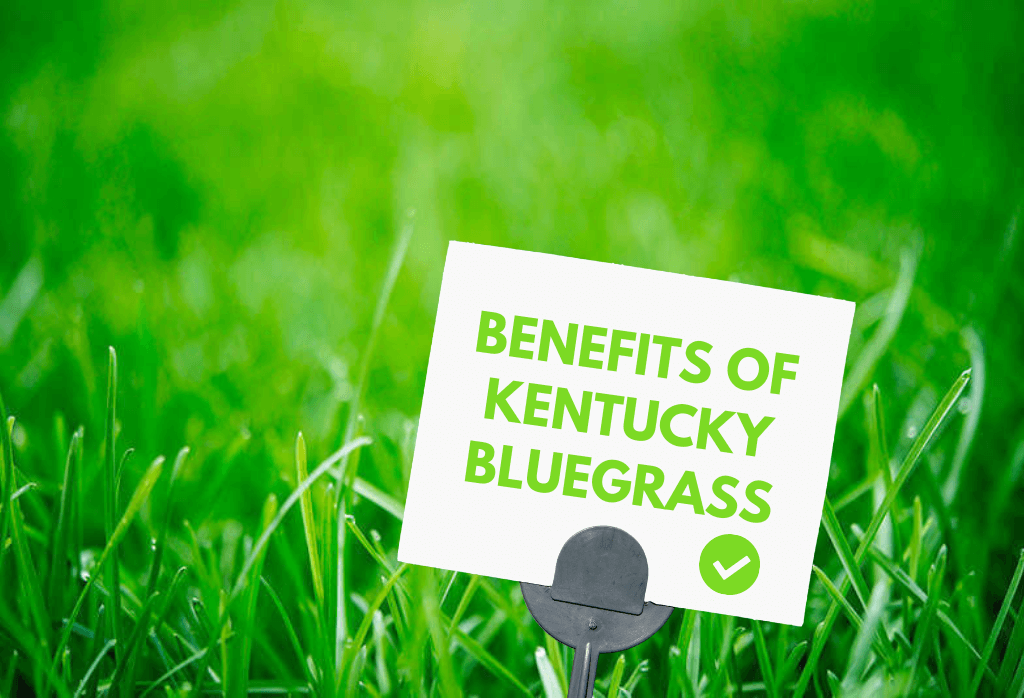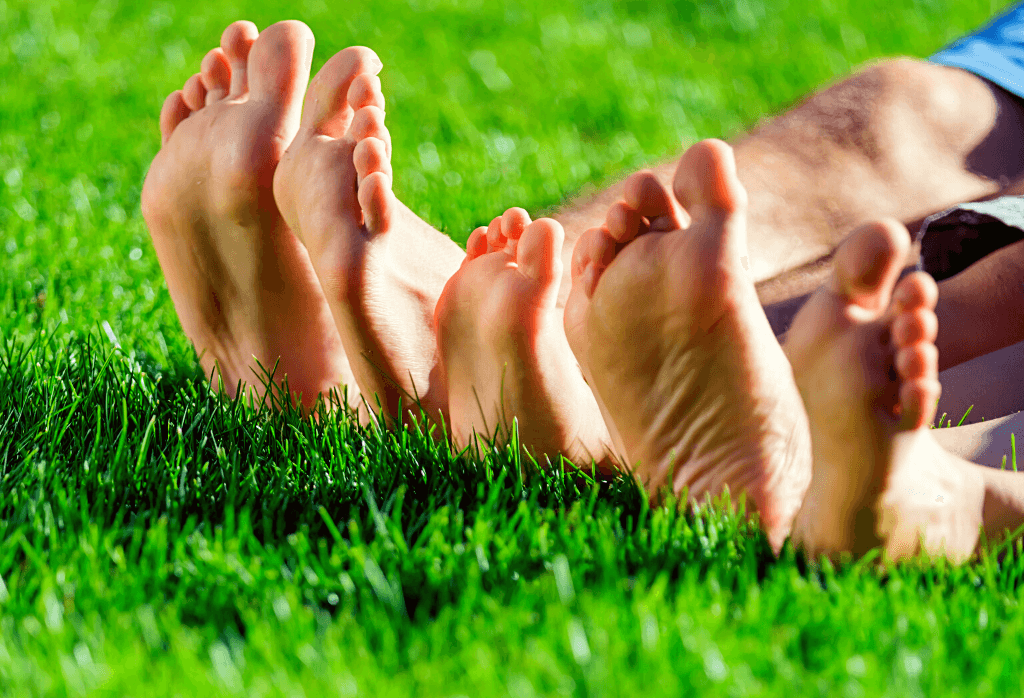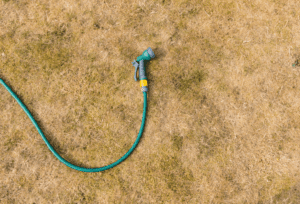Why Kentucky Bluegrass Makes A Great Lawn
If you live in the northern two thirds of the country and want to build a beautiful lawn, the first consideration should be…. which grass variety to plant or install as sod. In the mid to deep south, the following comments on bluegrass will not apply. There, your best choice, depending on specific geographical location, will likely be, turf type fescue, zoysia, bermudagrass, or, in Florida, St. Augustine.
The subject of this blog, however, is Kentucky bluegrass. In the northern states, it is your most logical choice, if, that is, you are willing and able to provide a little help. Don’t miss this point; bluegrass is a great turf choice but will require adequate water in the hot, dry days of summer. It also thrives and looks its best with added nutrients (fertilizer). Where this is not practical, blending bluegrass with turf-type tall fescue makes the most sense. Turf type tall fescue can survive with less water and fertilizer; making it the right choice when part of a blend for low maintenance areas.
Benefits of Choosing Kentucky Bluegrass For Your Lawn
Back to bluegrass; assuming you can water [one inch to one and ½ inch per week, in the absence of natural rainfall] and fertilize [five to six applications per season], you can take advantage of the natural benefits, inherent in bluegrass. Below, is a brief summary:
Heals itself
Bluegrass spreads via underground roots, called rhizomes. In thin areas caused by neglect, disease or insect damage, lack of sunlight and rainfall, or traffic, rhizomes spread to fill in these thin spots; enabling the turf to actually heal its own damaged areas. No other northern turf type offers this important benefit.
Long-life
While bluegrass can take up to 21 days to germinate, it can live almost forever! So, planting bluegrass in a blend that includes perennial ryegrass, which germinates in mere days and serves as a nurse crop, protecting the soil from erosion, makes sense. As the bluegrass begins to thicken over ensuing months, the ryegrass will be crowded out and the lawn will become literally all bluegrass.
Beautiful carpet of turf
As a result of active rhizoming, healthy bluegrass forms a thick carpet of turf. Not only does it look great, no turf type feels so good on wandering bare feet!
A strong playing surface
Again, since bluegrass can and does fill in thin and damaged spots when the kid’s sports activities tear out divots and even larger turf areas, the grass will begin, almost immediately sensing the openings and filling in. Reminder; this ‘healing’ activity will only take place when adequate water and fertilizer are provided. An area of six inches in diameter can fill in naturally during one growing season.
Should you select Kentucky bluegrass for your home lawn, make sure to plan your maintenance program as a part of the selection process. No grass variety will perform automatically. Still, building a beautiful lawn of Kentucky bluegrass can be a wonderfully rewarding and property enhancing exercise and deliver a lawn that can be a great source of pride.


Join Our Free Lawn Care Newsletter
Stay Up to Date With The Latest News & Updates
* We don’t share your info with anyone ever.





